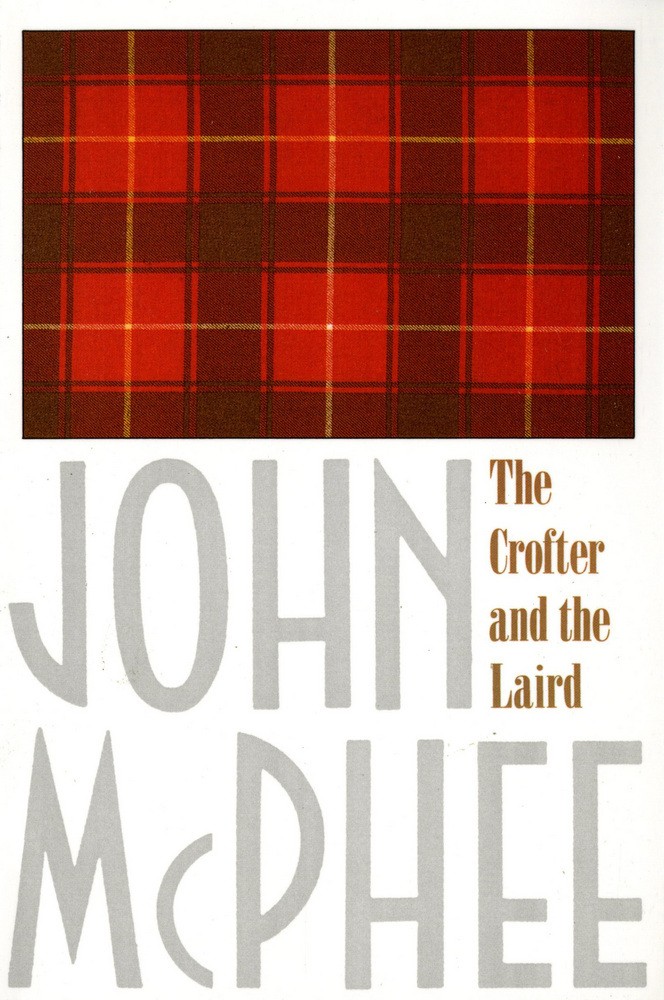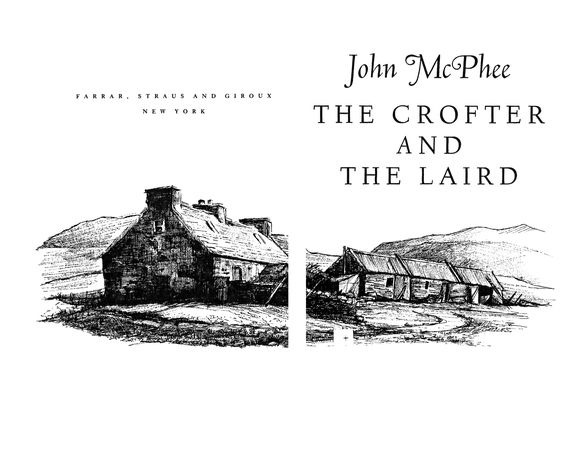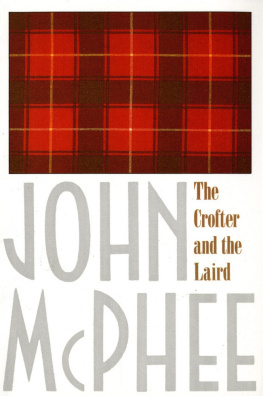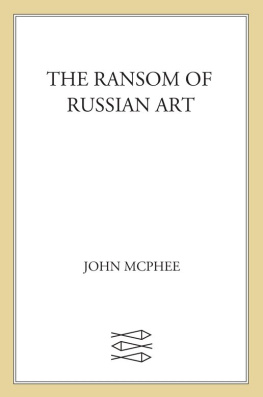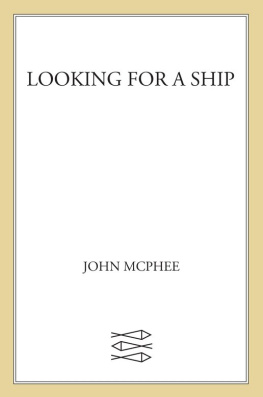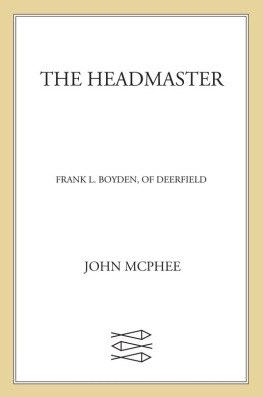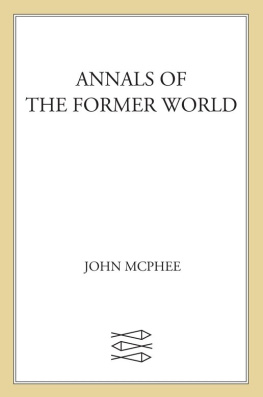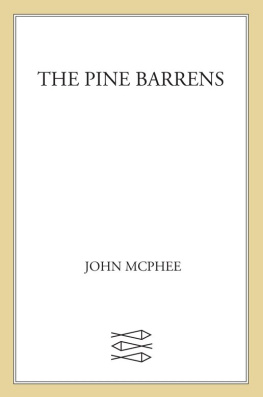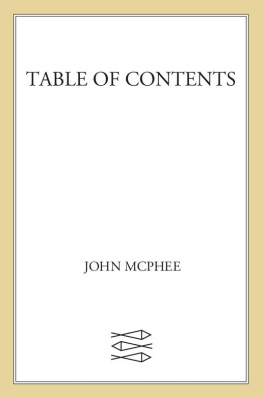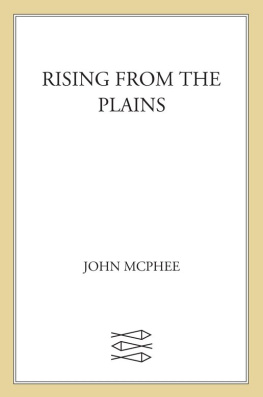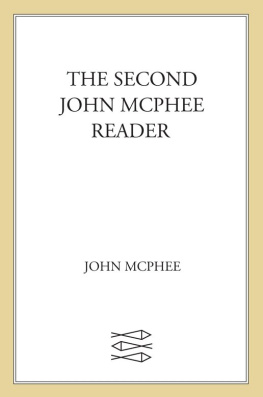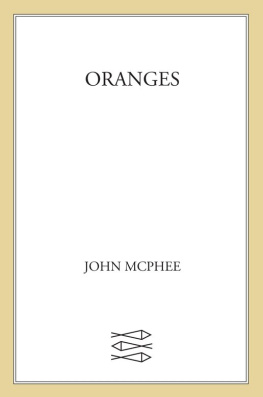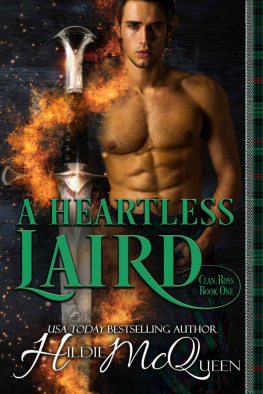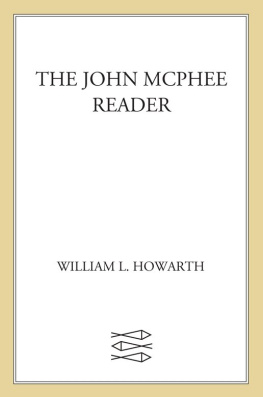T HE SCOTTISH CLAN that I belong toor would belong to if it were now anything more than a sentimental myth was broken a great many generations ago by a party of MacDonalds, who hunted down the last chief of my clan, captured him, refused him mercy, saying that a man who had never shown mercy should not ask for it, tied him to a standing stone, and shot him. The standing stone was in a place called Balaromin Mor, on Colonsay, a small island in the open Atlantic, twenty-five miles west of the Scottish mainland. The event was not the first of its kind there, and in a sense the MacDonalds were only completing what had been begun in an earlier era, when a party of MacLeans landed on Colonsay, hunted down anotherchief of the native clan, and trapped him in a long and narrow cave. The cave had an entrance at each end. Somewhere between the entrances, there was an opening in the ceiling. The chief ran back and forth, apparently wondering which exit might be the safest, and at one moment he paused to contemplate the opening overhead. A MacLean who had been waiting for him to do just that killed him with an arrow from above. Certain other islands are prominently visible from Colonsay when the air is clear. The weather changes so abruptly thereclosing in, lifting, closing in againthat all in an hour wind-driven rain may be followed by calm and hazy sunshine, which may then be lost in heavy mists that soon disappear into open skies over dark-blue seas. When the ocean is blue, the air is as pure as a lens, and the other islands seem imminent and almost encroaching, although they are at least ten or fifteen miles awayMull, for example, Scarba, Islay, Jura, the Isles of the Sea. In summer, toward midnight, the sun falls behind Tiree, thirty-five miles to the northwest, and Tiree becomes suddenly visible, back-lighted, apparently suspended in the air. In the time of the clans, Mull and Tiree, northern Jura, Scarba, and the Isles of the Sea were islands of the Clan MacLean. They form a semicircle around Colonsay to the north and east. Islay and lower Jura, which extend the semicircle to the south of Colonsay, were islands of the Clan Donald. Each of these clans, the MacLeans and the MacDonalds, had enormous territories of island and mainland to its name, but each apparently felt a need for seventeen additional square miles this one small break in the Atlantic horizon, the soleterritory of a small clan, never more than a few hundred people, whose title to the island had come by immemorial occupation. A clan without land was a clan broken. What the MacLeans had once failed to secure, the MacDonalds took and held.
In dependence on the MacDonalds and the various lairds who have followed them, many of the original clansmen remained on Colonsay. Others, beginning what would be a long-continuing but always voluntary emigration to the mainland, went to Lochaber, in the Great Glen, below Ben Nevis, and there entered into a kind of vassalage under the Cameron of Lochiel. On Culloden Moor many of them died with the Camerons, and modern books that deal with the clans and all the Highland souvenirs (tartans, plaids, kilts, claymores) will say that the Colonsay clansmen charged desperately there. But everyone was desperate at Culloden, for all the clans were broken thereannihilated by English armiesand the seven-hundred-year era of regional government by the clan system was ended forever. Shortly afterward, acts of Parliament disarmed the clans, prohibited the wearing of tartan cloth (the ban was effective for nearly forty years), and permanently removed from all clans their hereditary jurisdictions. From that day on, now more than two hundred years, the clans have survived only in the air, and all their setts and badges and bearings are pure nostalgia.
There was a toast among the clans when they banqueted. A clansman would rise, lift a cup, and say, To the land of the bens and the glens! And up from the food the faces would move, and every man would roarout, To the land of the bens and the glens! The bens and the glens were the whole world, the clan world, and not even Sir Walter Scott could exaggerate the romantic beauty of that lake and mountain country penetrated by fjords that came in from seas that were starred with islands. But, unfortunately, by the time of Walter Scott all that was left up there was the scenery. The clans were gone, and so were the clansmen. The glens were empty, and it was possible in countless places to stand on high ground and look out over an area where, say, ten thousand people had lived and where the only inhabitants now were thirty or forty shepherds. After Culloden, the surviving chiefs became landownerslairdsin the modern sense. The clan ideas of familial possession and patriarchal responsibility fell away. The clansmen became tenants, and the chiefs, in the course of things, sold them out. The dreamy, improvident Highlanders, as one Scottish historian has called them, all but gave away their patrimony to men from the Lowlands and from England. Before long, absentee owners heavily outnumbered resident lairds. To the new lairds it was clear enough that their lands were more profitable under sheep than under people, and so the people had to go. A small-farm society had evolved in the glens, and in the islands as well. The clansmen had shifted their concentration from war to agriculture, and life was agreeable enough, albeit primitive, in the small villages, with patches of ground under each mans tillage, cattle on the common grazing, and milk, vegetables, cheese, and meat on the table. The houses of the clansmen were called black houses, because peat was burned in them in open fires on hearthstones set in the middleof dirt floors, and the peat smoke seeped out through various holes in the thatch above after coating the interior of the house with smudge. Cattle and horses lived in the houses, too, or in adjacent byres. The animals often used the same entrance the people used. Windows were not glazed. When cold winds were blowing, the windows were stuffed with sod. In the late eighteenth and early nineteenth centuries, the glens were virtually swept clean of these peoplethe residue of the clansand the lairds, in removing them, apparently felt no moral encumbrances. Their factorsgeneral agents, business managers, collectors of rentwent around to the black houses and gave the people notice of their evictions, and at the appointed times the walls of the houses were pulled down and the thatch and the wooden beams were destroyed by flame. Families sat on hillsides, often in snow or rain, and watched their homes burn out. For seven hundred years, torches had called the clans together in time of need, and now torches cleared the glens. The people leaving sometimes had to drain blood from their cattle and drink it in order to survive.
From the perspective of the late twentieth century, there seems to be only one possible view of the Highland clearances, as they are called, but contemporary writers often showed different attitudes. Harriet Beecher Stowe went to Scotland and returned to the United States to write something called Sunny Memories of Foreign Lands , in which she defended what the lairds were doing. And Robert Chambers, in his Picture of Scotland , published in 1827, wrote, The landlords have very properly done all they could to substitute a population of sheep for innumerablehordes of useless human beings, who formerly vegetated upon a soil that seemed barren of everything else. The sheep were brought in by hundreds of thousands, and to some of the retreating population they became known as the lairds four-footed clansmen. Meanwhile, the clansmen themselves had three principal choices. They could move to the edge of the sea, which they hated, and live on fish, which most of them also hated. They could move to the Lowlands. Or they could emigrate to other continents. Into the middle of this tide went many of the original clansmen of Colonsay, some early, some later on, some after long stays on the mainland, others more directly from the island, some settling in the Lowlands, notably in Renfrewshire, others going to Australia, Canada, or the United States. Of those who left the Highlands as a result of the clearances, my own particular forebears were among the last. When my great-grandfather married a Lowland girl, in West Lothian, in 1858, he was in the middle of what proved to be a brief stopover between the bens and the glens and Ohio. He worked in a West Lothian coal mine, and the life underground apparently inspired him to keep moving. Serfdom in Scottish coal mines had been abolished in 1799, but Scottish miners of the mid-nineteenth century might as well have been serfs. They worked regular shifts of fifteen hours and sometimes finished their week with a twenty-four-hour day. Six-year-old girls in the mines did work that later, in times of relative enlightenment, was turned over to ponies. Wages were higher and hours a little shorter for mine work in the Mahoning Valley of Ohio, and my great-grandfather decided, in the early eighteen-sixties, to go there. The United States wastorn up with civil war, and it is interesting to me but not surprising that that did not change his mind. He went into the Ohio mines, and stayed there, and died in 1907. He has about a hundred and thirty descendants who have sprayed out into the American milieu, and they have included railroad engineers, railroad conductors, brakemen, firemen, steelworkers, teachers, football coaches, a chemist, a chemical engineer, a policeman, a grocer, salesmen, doctors, lawyers, druggists, janitors, and postmen. His son Angus, my grandfather, was a heater in a steel mill. He got the ingots white-hot and ready for the roller. He ate his lunch out of a metal box and never developed much loyalty to the steel company, possibly because his immediate superior was his brother-in-law. Oh, God damn it, Angus, if it werent for my sister, Id fire you, the brother-in-law said once, and my grandfather said, John, if it werent for your sister, I wouldnt have to work. On New Years Eveor, rather, in the first hours of the new yearthese Scotsmen in Ohio always went around to one anothers houses, following the Highland custom of first-footing. The first foot to cross a threshold in a new year will bring untold beneficence if it is an acceptable foot. It has to be the foot of a dark-haired person. If the first-footing is done by a fair-haired person, that is all right as long as a lump of coal or some other dark object is thrown across the threshold first. My father remembers all this from his youth, but he raised his own family in Princeton, New Jersey, and there were no first-footings there.
